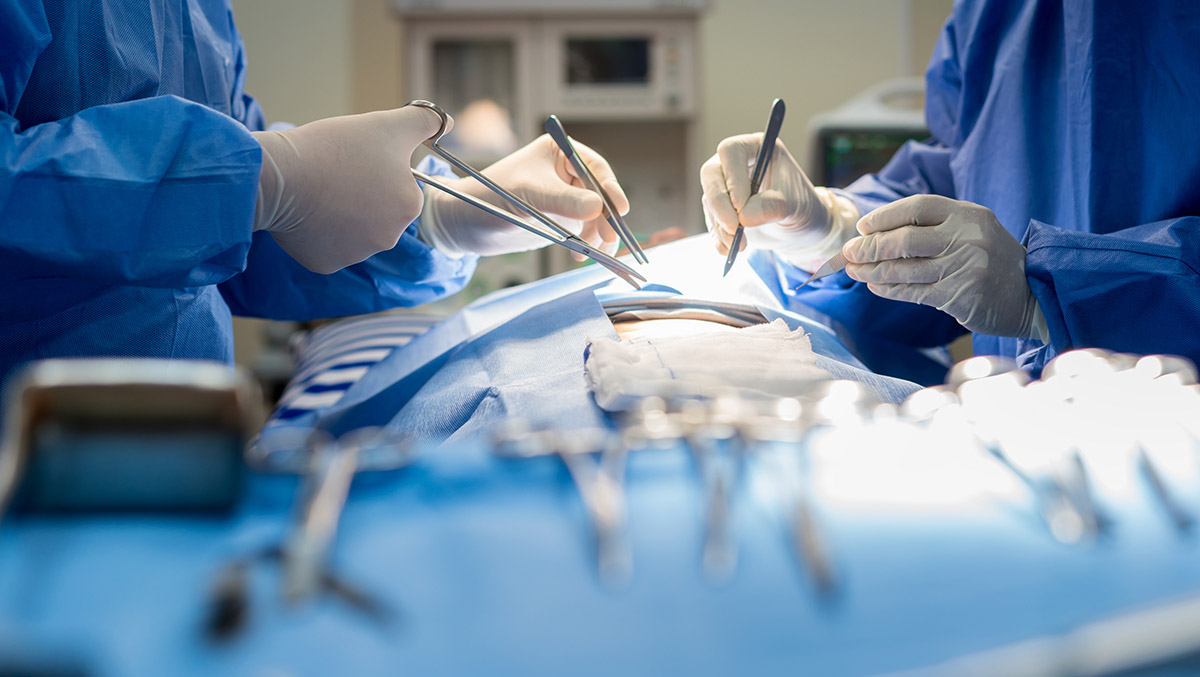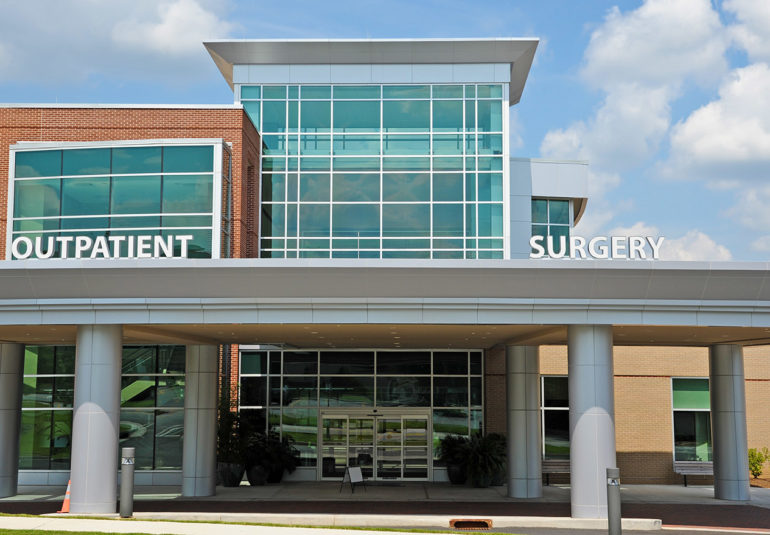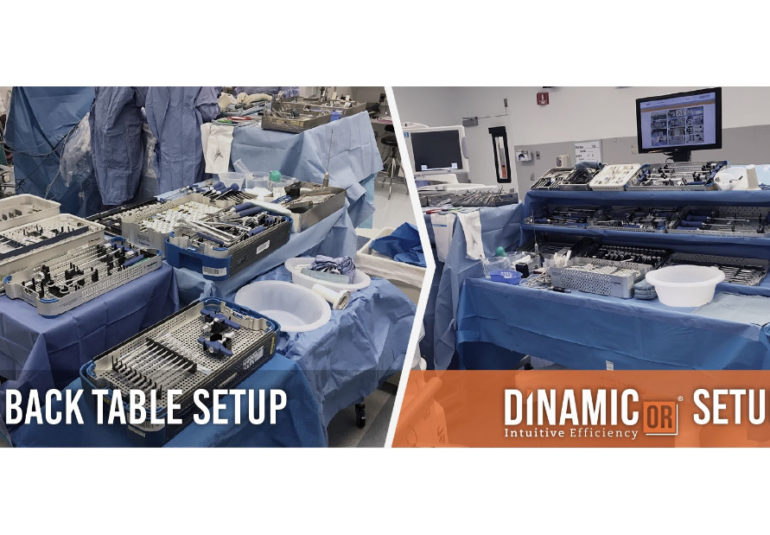
- DinamicOR
-
by feed_admin
All surgeries would benefit by having a well-organized Back Table system of course, but those surgeries that are more complicated and require a significant amount of support from instruments and surgical tools would benefit even more. Below you’ll find out exactly why this is so, and you’ll also be able to learn which types of surgeries fall into this category of complicated operations requiring heavy use of instruments.
Why an organized Back Table is essential
Here is why it’s so important to have a well-organized back table when performing surgery:
- Increased visibility – It’s critical to be able to find instruments exactly when they are needed because in some cases, every second may count toward having a successful surgery.
- Customized table setups – This can make all the difference when your Back Table is set up the same way every single time. This makes it possible to achieve repeatable results, and it ensures that all required equipment is in the room.
- Transferable knowledge – Surgical workflows can be documented and made available for all staff members to look up and replicate
- Educational app – In the case of the DinamicOR Back Table Solution, an app is included that can be used to easily onboard and train new staff personnel.
- Guided surgical workflow – The DinamicOR system provides a surgical workflow that will help staff members keep on track, even when the procedure is new, or it’s one they haven’t participated in.
Joint Revisions
This type of surgery is performed when it is necessary to replace a joint that has already undergone joint replacement. Each time a new joint revision is performed, it becomes more difficult. Revisions are often necessary because a joint replacement has worn out, or it may possibly have become infected. If the joint replacement was not correctly positioned initially, it may have to be re-positioned through a joint revision. The degree of difficulty is escalated when there has been a loss of normal bone, scar tissue has formed, or the existing implant is difficult to remove. Any of these situations call for instant availability of surgical instruments, quickly retrievable from the Back Table.
Scoliosis Surgery
It is normally necessary to undertake scoliosis surgery because the deformity has been progressively worsening. The goals of scoliosis surgery are to stop the progression of the spinal curvature and to reduce the hump deformity in the back area. As you might expect, this can be an extremely complex surgery because it could impact all the tissue, nerves, and discs of the spine. Having needed instruments instantly visible and retrievable is essential during this kind of critical operation.
Complex Spine Surgery
Of course, almost any spine surgery can be complicated enough, but in this case, much of the complication comes from the fact that it could be a rework of some prior spinal surgery. It might also involve scoliosis or surgery across three or more spinal segments. All three of these situations call for heavy usage of instruments because there are so many requirements for carrying out a successful operation. There is often a greater risk associated with these kinds of surgery because it’s quite possible for an infection to develop, or that excessive bleeding will occur, or that nerve damage could develop. The need for precision instruments is high in such surgeries, and they need to be instantly available when needed, to help increase the chances for a favorable outcome.
How to handle complicated surgeries
All surgeries are important and benefit from a well-organized back table system, but when there’s an extra level of criticality, having your instruments visible and quickly retrievable becomes an absolute must. The DinamicOR Back Table Solution allows for more than 90 percent visibility of all surgical instruments, making them more readily available, which translates to a more efficient operating room and better patient outcomes.



